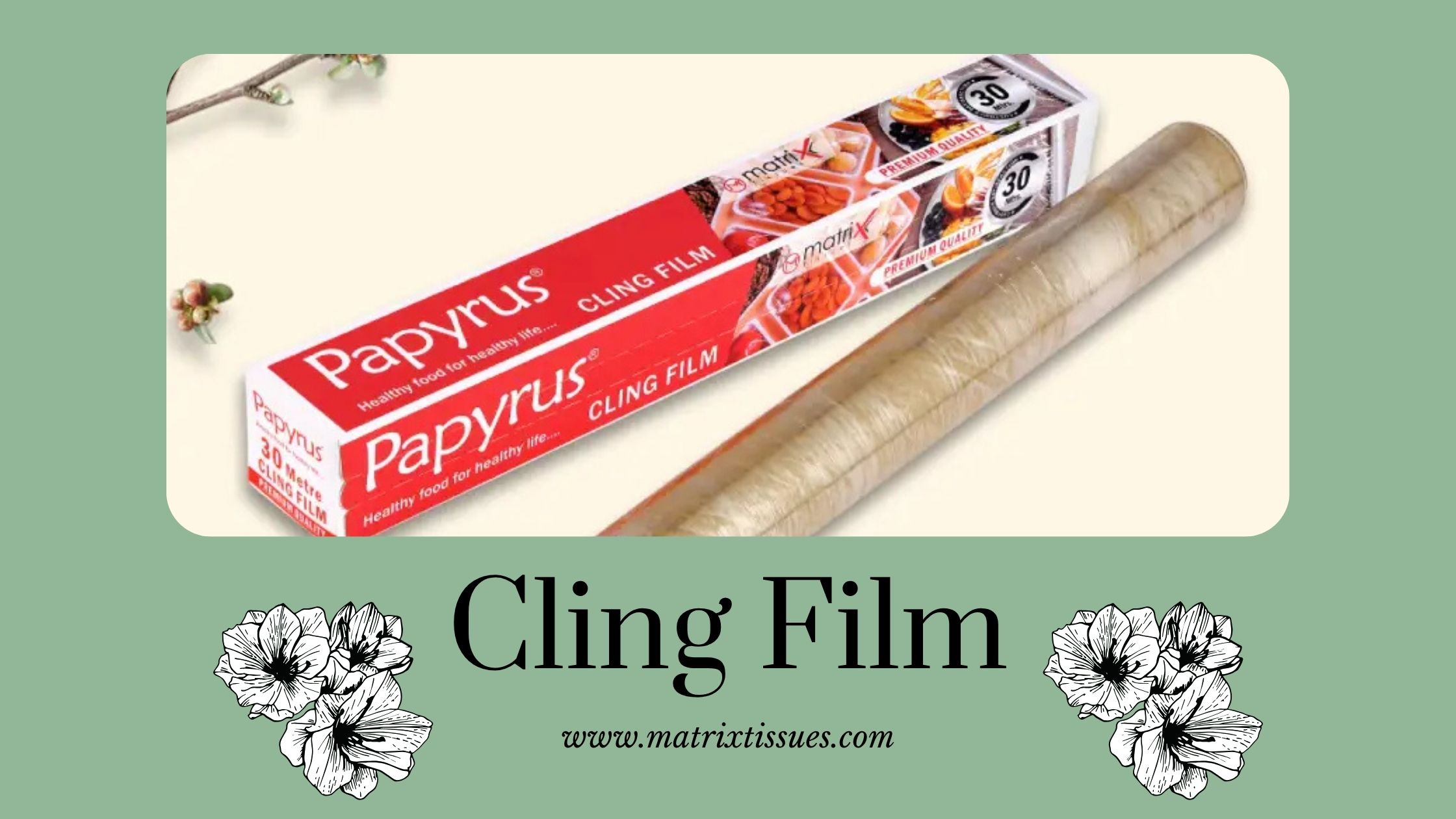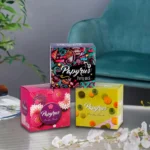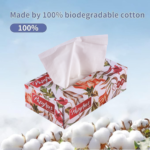Walk into any modern kitchen—whether in a household, hotel, or food processing unit—and you’ll likely find a roll of cling film ready to serve its purpose. Lightweight, transparent, and surprisingly strong, cling film is one of those everyday tools we often overlook but rely on constantly.
From preserving food freshness to industrial packaging applications, cling film (also known as plastic wrap or food wrap) has come a long way since it was first introduced in the 1950s. But not all cling films are created equal, and as concerns about hygiene, food safety, and sustainability grow, the demand for high-quality cling film has never been greater.
In this blog, we’ll explore what makes cling film essential, how it’s used, and what to look for in a top-tier product, whether you’re a home user, chef, retailer, or manufacturer.
What Is Cling Film?
Cling film is a thin, flexible plastic film typically made from polyvinyl chloride (PVC) or polyethylene (PE). It’s used to wrap food items, cover containers, or seal perishable goods to extend their freshness and protect them from contaminants.
The name “cling” comes from its static cling property—the film adheres easily to smooth surfaces like glass, metal, or ceramic, and to itself, without the need for adhesives.
Why Cling Film Is a Must-Have in Kitchens and Packaging
Cling film serves a wide variety of functions, making it a staple in foodservice, households, and industrial settings:
- Preserves freshness: Slows down oxidation and prevents moisture loss.
- Hygiene and protection: Creates a sanitary barrier to block dust, germs, and insects.
- Odor containment: Keeps strong-smelling foods from affecting others in the fridge.
- Visibility: Transparent film allows easy identification of contents without unwrapping.
- Portion control: Helps in dividing and storing prepped ingredients or meals.
- Leak resistance: Useful for wrapping juicy or moist foods.
In industrial applications, cling film is used in food processing, retail packaging, and even pharmaceutical and cosmetic sectors for tamper-evidence and product protection.
PVC vs. PE Cling Film: What’s the Difference?
While both types serve the same general purpose, there are key differences:
PVC Cling Film:
- High clarity and superior cling
- Excellent oxygen and moisture barrier
- Used widely in professional kitchens and retail
- Less recyclable due to additives
PE Cling Film:
- More eco-friendly and recyclable
- Slightly less clingy than PVC
- Preferred for food-safe applications and microwave use
- Ideal for household and light commercial use
Choosing between the two depends on your application, sustainability goals, and required performance.
Cling Film in the Food Industry
Cling film plays a critical role in the food supply chain. Supermarkets, restaurants, caterers, and cloud kitchens use cling film to:
- Wrap fruits, vegetables, meat, and cheese
- Cover trays or dishes on display counters
- Prepare meal kits and ready-to-eat packages
- Maintain shelf life of baked goods and cold cuts
The ability to wrap food quickly, cleanly, and safely makes cling film an invaluable tool in food safety compliance and operations efficiency.
Eco-Friendly Innovations in Cling Film
As sustainability becomes a priority, manufacturers are innovating with biodegradable, compostable, and recyclable cling film options. These are often made from:
- Plant-based materials (like PLA – polylactic acid)
- Oxo-degradable plastic additives
- Improved PE formulations for better recycling compatibility
If you’re a business aiming to reduce plastic waste, consider switching to eco-friendly cling film alternatives or working with suppliers who offer sustainable options.
Best Practices for Using Cling Film
To make the most of your cling film and ensure food safety, follow these simple tips:
- Wrap tightly: Ensure proper sealing around the food or container to prevent air contact.
- Use within recommended temperature ranges: Most cling films are refrigerator and freezer safe, but check if microwave safe before using in ovens.
- Avoid direct contact with high-fat or acidic foods: Some cling films may leach chemicals when used with oily or acidic items. Use food-grade versions specifically labeled safe.
- Store roll in a clean, dry place: This maintains the film’s clarity and effectiveness.
What to Look for in a Cling Film Supplier
Whether you’re purchasing cling film for personal use or your food business, it’s important to partner with a reliable supplier. Look for:
- Food-grade certification (BPA-free, FDA/ISO approved)
- Durability and stretch
- Size and thickness options (rolls in various widths and lengths)
- Clarity and cling quality
- Custom or branded packaging (for retail resellers or OEM)
A good supplier should offer consistent product quality, timely delivery, and even bulk or private labeling services for B2B clients.
Conclusion: Cling Film – Small Product, Big Impact
In kitchens, shops, and supply chains, cling film quietly plays a powerful role. It helps extend shelf life, maintain hygiene, reduce food waste, and streamline packaging operations.
As consumer awareness grows and regulations tighten, the future of cling film lies in high-performance, sustainable materials. Whether you’re a home cook or a food industry professional, choosing the right cling film supplier can elevate quality, efficiency, and compliance.
Make the smart wrap choice—protect your food, your brand, and the planet.
FAQs About Cling Film
Q1: Can cling film be used in a microwave?
Yes, but only if it’s labeled microwave-safe. Avoid letting it touch the food directly, especially high-fat or high-acid foods.
Q2: Is cling film recyclable?
PE-based cling films are more recyclable than PVC versions. Check your local recycling rules and dispose accordingly.
Q3: Is cling film safe for food contact?
Yes, if it is labeled as food-grade and used according to manufacturer instructions.
Q4: What’s the shelf life of cling film?
Unopened cling film can last up to 2–3 years when stored properly. Exposure to sunlight or heat may degrade its performance.
Q5: Can cling film be reused?
While possible, reuse is not recommended for food safety. It’s best to use fresh wrap, especially when handling perishable foods.








